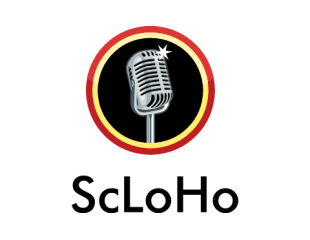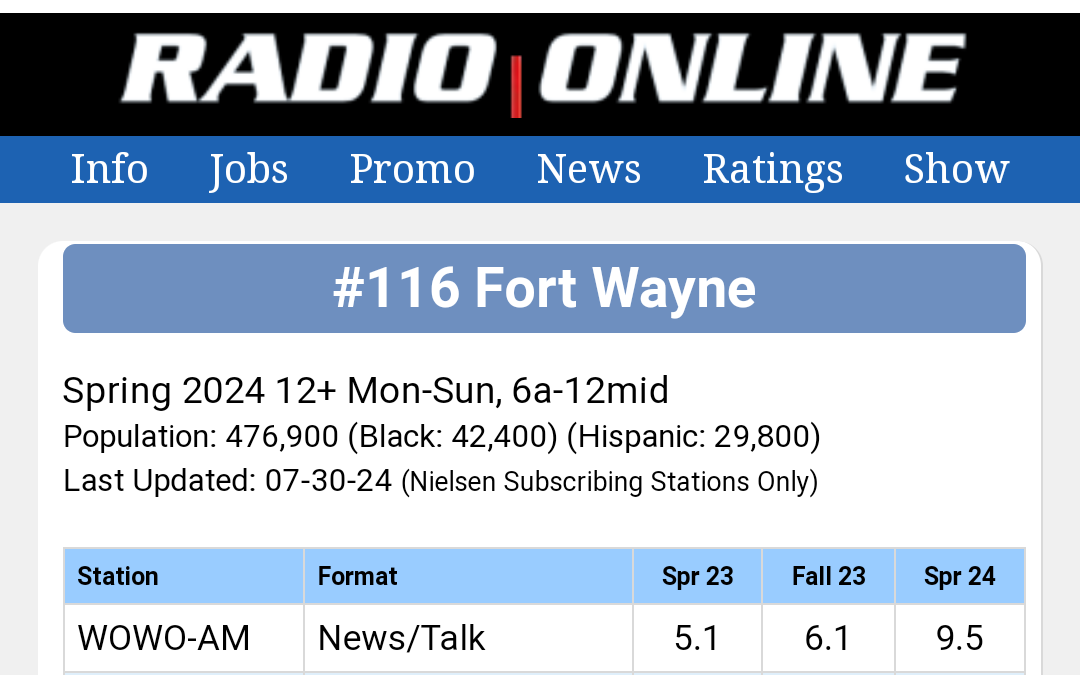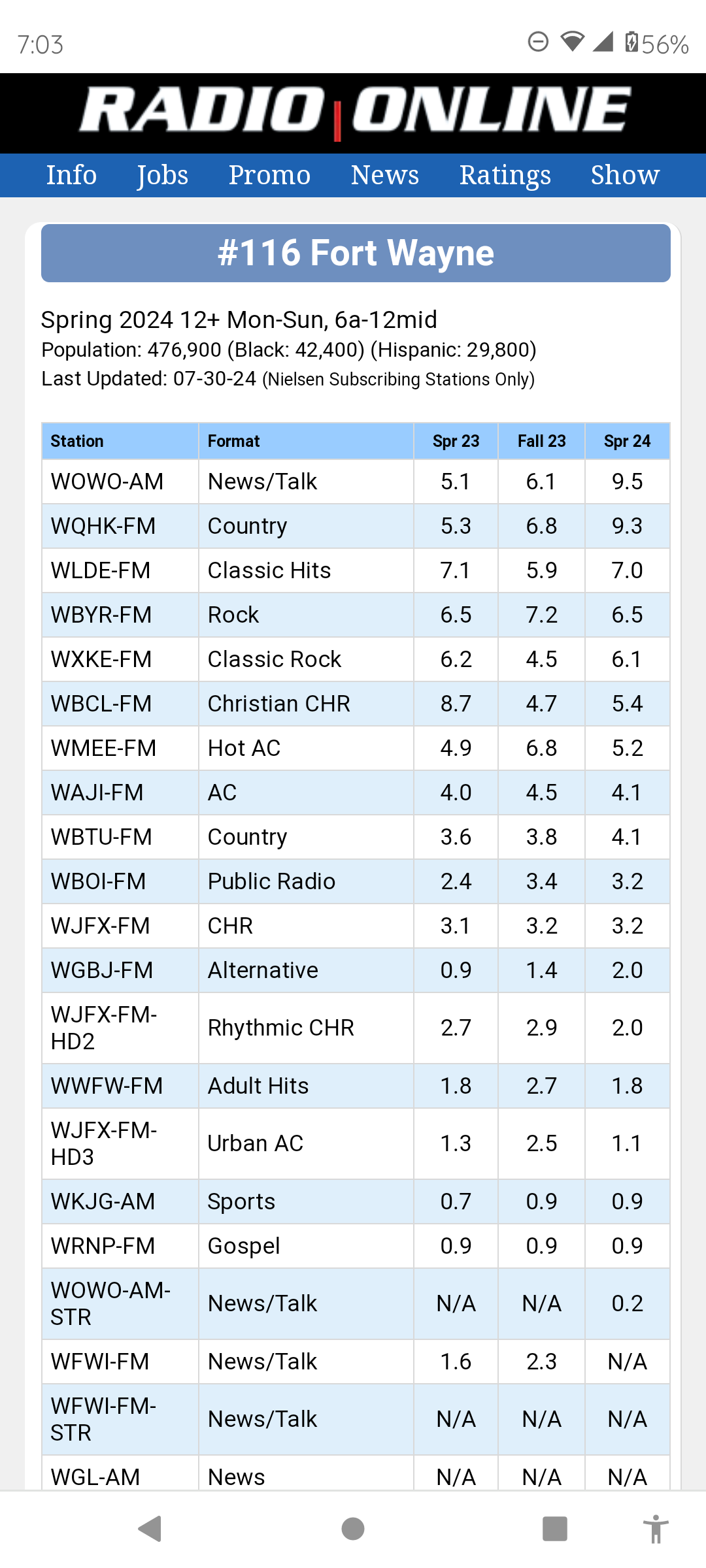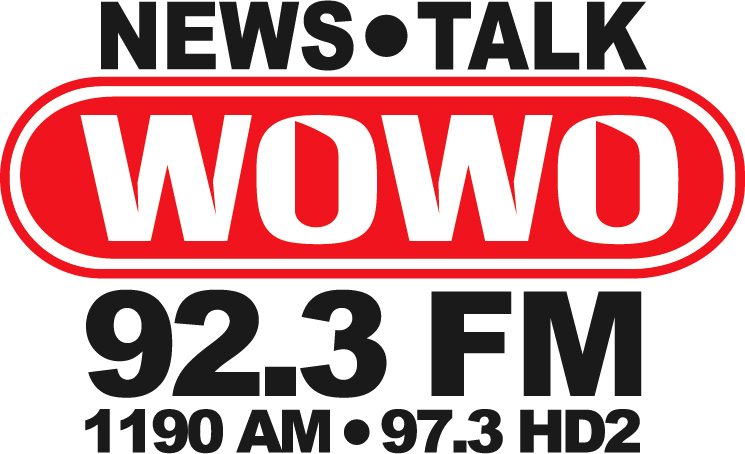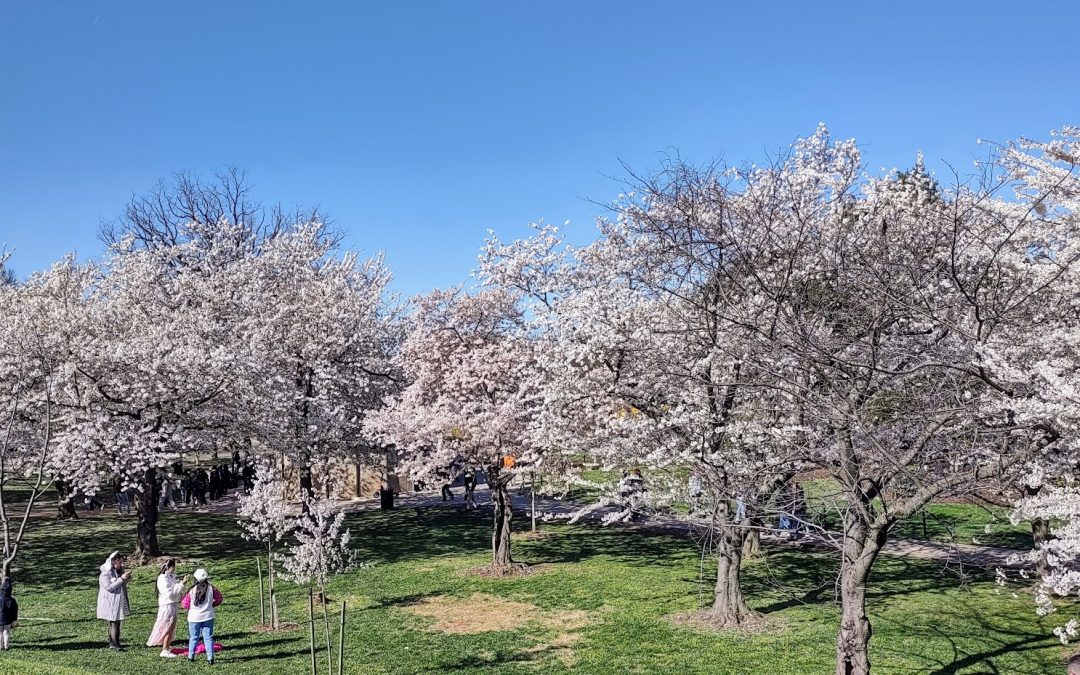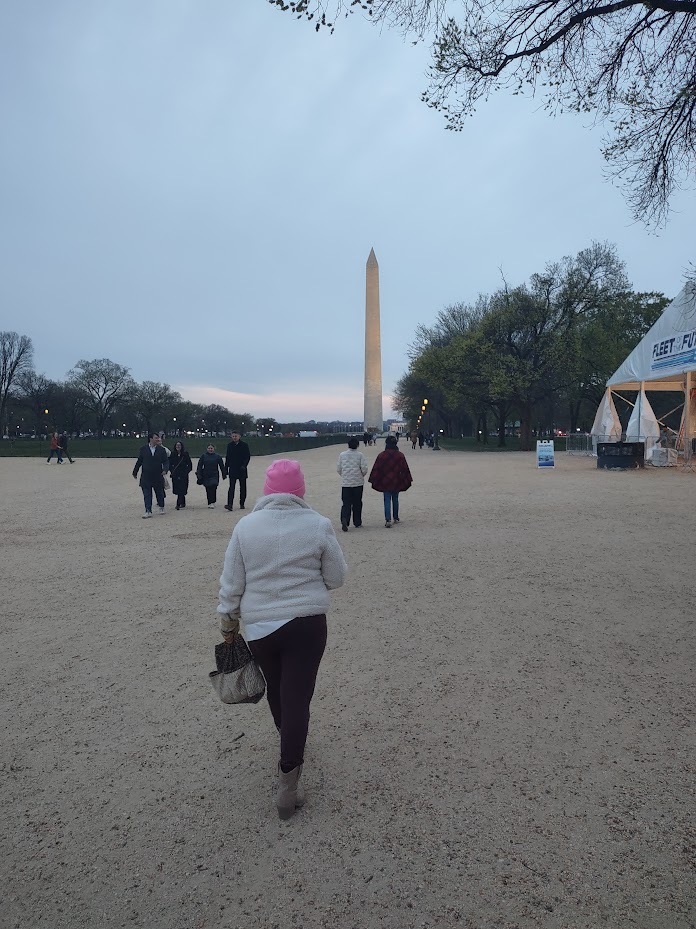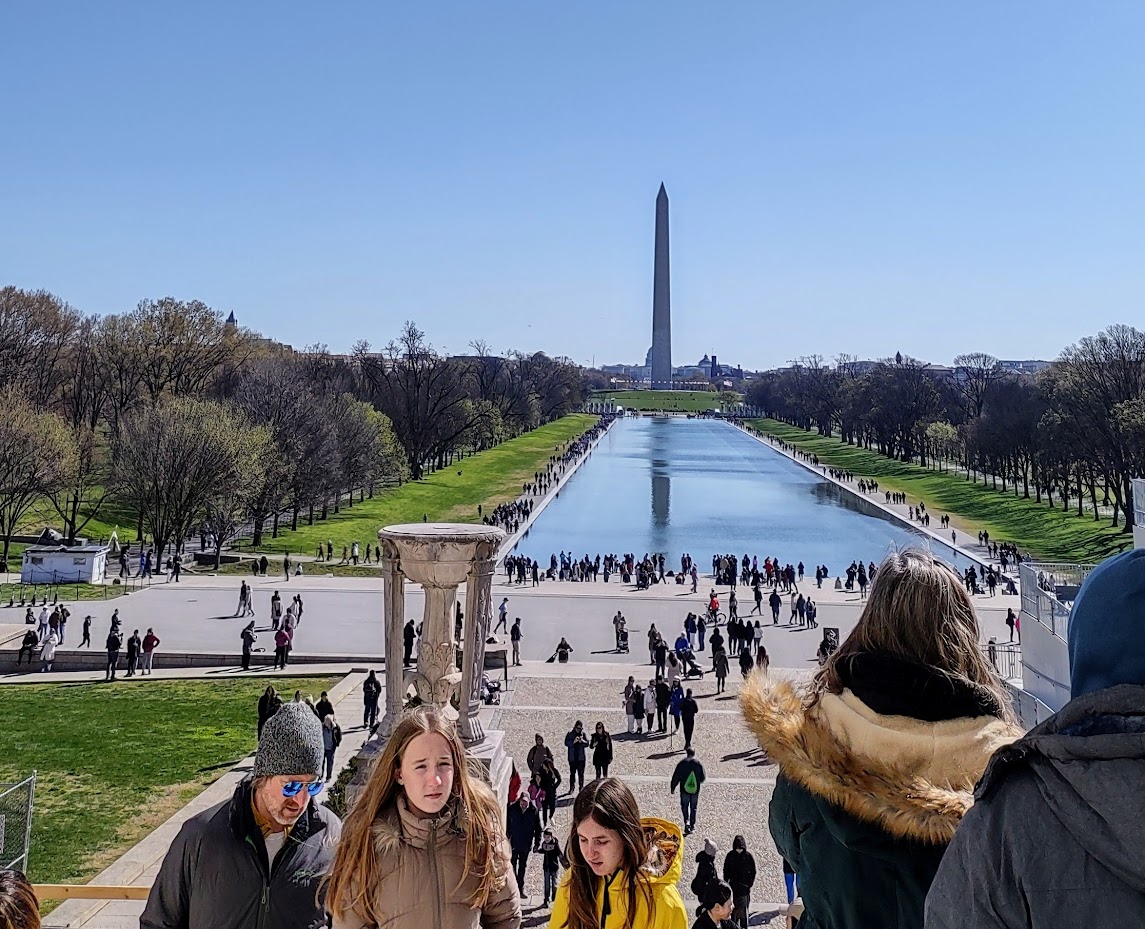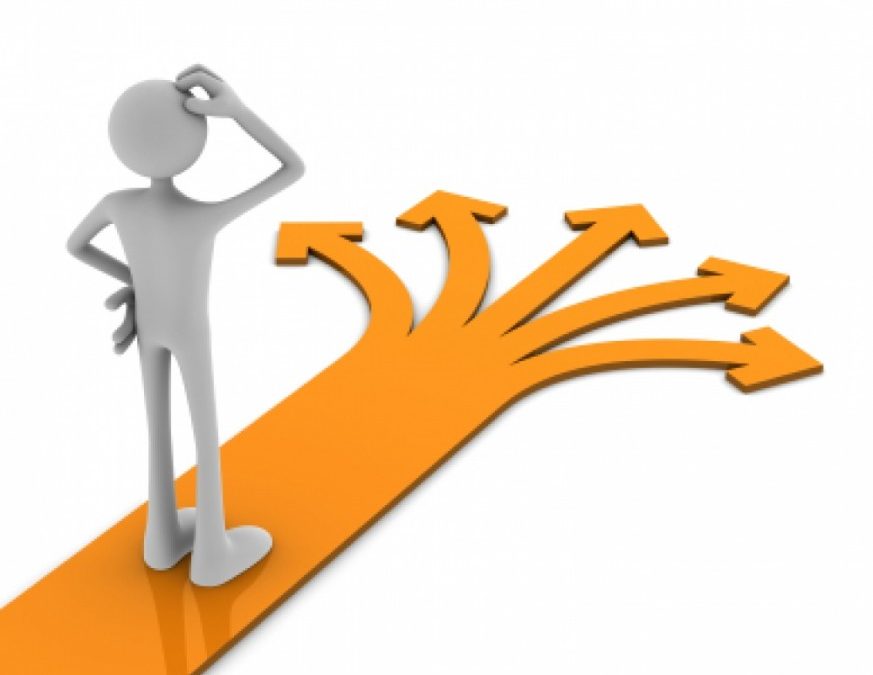
Traditional Radio Relevancy in 2024 & 2025
It’s the week between Christmas and New Year and for this weeks update, I found an article that caught my attention back in July. You can read it here.
In the meantime, I’m just going to share a couple of thoughts from that story and what really matters as we move to a new year.
Between ad-supported Spotify or ad-supported Pandora and AM/FM radio, what do most people only listen to? New data courtesy of Edison Research’s “Share of Ear” quarterly study, examined by Pierre Bouvard, Chief Insights Officer of the Cumulus Media/Westwood One Audio Active Group, shares that it is broadcast radio that is the definitive answer to that question.
There are tons of research being done on an ongoing basis that show the power of traditional radio and this is one of them.
With 4,000 Americans surveyed by Edison Research, ad-supported audio was put under the magnifying glass. And, six key findings from the Q1 2024 “Share of Ear” study caught Bouvard’s eye:
-
In a typical day, ad-supported digital audio reaches a third of America; AM/FM radio reaches two-thirds of America; Combined, digital audio and AM/FM radio reach 75% of the U.S. daily
Those numbers are referring to daily listening habits which is different from the way Nielsen Research measures listenership for radio stations. Nielsen gives us the number of weekly listeners which has consistently been over 90% of adults.
Items two and three:
-
Between ad-supported Spotify and AM/FM radio, most people only listen to AM/FM radio
-
Between ad-supported Pandora and AM/FM radio, most people only listen to AM/FM radio
Often times, we make the assumption that our own habits and preferences are a reflection of everyone else. So when someone discovers a streaming music platform like Spotify or Pandora and that replaces radio as their music source, they sometimes jump to the conclusion that everyone is abandoning traditional media. But when you add up the numbers, it’s not really true. The company I work for, Federated Media operates 5 different stations, and three of 5 are music stations, the other two I work with are talk radio. The 3 music stations have an impressive number of listeners, many times larger than the local listeners to Pandora and Spotify combined.
Number 4 on his list:
-
The U.S. ad-supported audio clock: Podcasts and AM/FM radio represent nearly 90% of tuning minutes
I would like to see the data behind that statement, but it’s not surprising. Podcasts have been surging in listenership in the past several years.
Number 5:
-
With a towering in-car share of 86%, AM/FM radio is the primary way to reach consumers on the path to purchase; The proportion of AM/FM radio in-car listening has surged, returning to pre-pandemic norms.
I just turned 65 this month. I bought my first car when I was 16 and the car was my mobile music machine. Before we had the ability to consume media on demand, we would listen to radio in our cars during what’s called traditional drivetime in the morning and afternoon. That was radio primetime. TV primetime was in the evening. I’ve got some data I’ll share next year about local listening habits but for now, let’s keep going.
The 6th Key Finding:
-
Among registered voters across the political spectrum, AM/FM radio is the dominant ad-supported audio platform.
This article was published before our most recent national election. Donald Trump won and I can see how the power of talk radio beat the power of Political TV. Conservative media includes most of the News Talk Broadcast radio stations along with the Fox News TV Network. Liberal media sources don’t include radio for the most part unless you want to classify public radio as liberal. Even if you were to do that, the total radio listenership of political talk across the country is heavily conservative. A few decades ago there was an attempt to create a left-leaning talk radio network but it fell apart because it didn’t have the on-going financial support. I can’t give all the credit to radio because the viewership of MSNBC and CNN combined are dwarfed by the Fox News TV network, so a combination of conservative talk radio and TV overwhelming beat the liberal progressive media in this years election.
Listenership and viewership are important however what really matters for the businesses I work with are the results we create from the advertising campaigns we run on the radio and our social media channels.
My station, WOWO turns 100 in 2025. Sister music stations, WMEE, K105 and 98.9 the Bear each have been on the air successfully for decades. I define success as successfully connecting listeners to advertisers and being profitable for all. More on that in the year to come.
